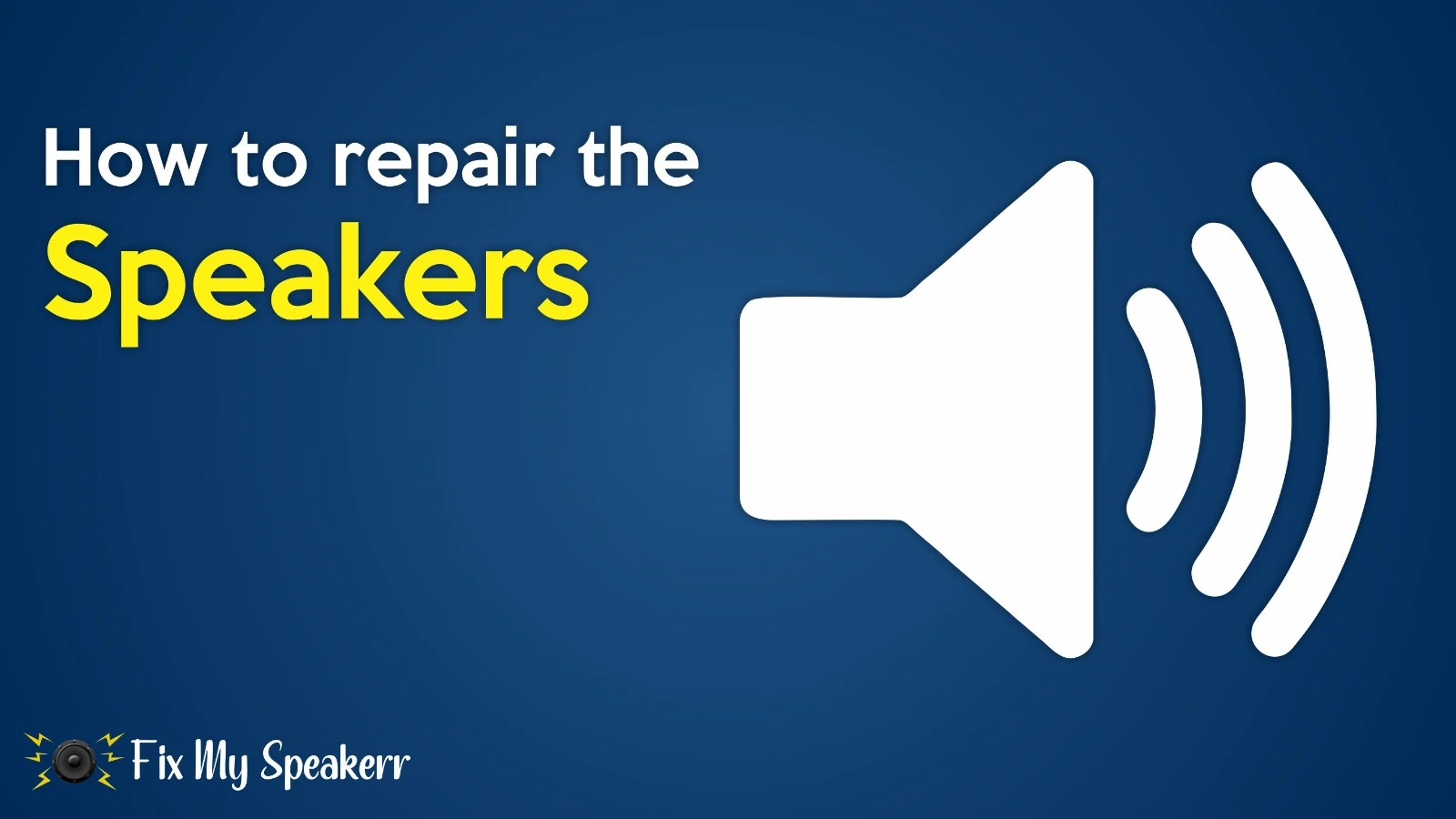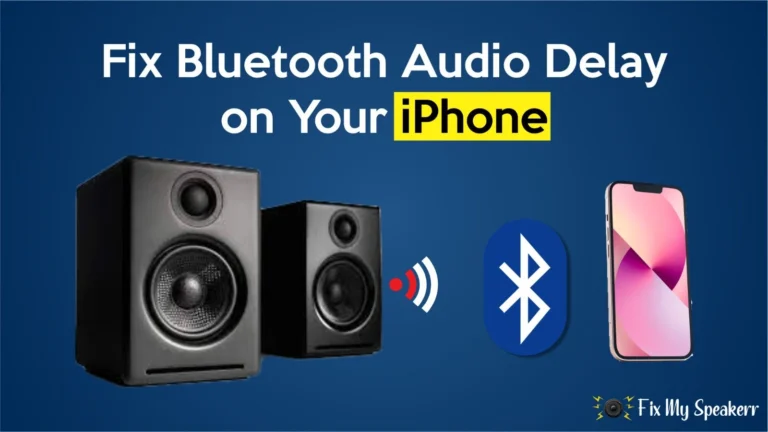How To Repair Speaker?

Speakers play an important role in our daily activities like watching movies, playing games, and listening to music. But when speakers start to malfunction, it affects the overall audio experience and can lead to permanent damage if left unchecked.
Common Issues With Speaker
- Sound distortion
- Audio cuts in and out
- Speaker rattling
- Wear and tear
- Electrical issues
- Physical damage
Steps for repairing your speaker at home
Many speaker issues can be resolved at home with the right knowledge and tools. This guide will help you in diagnosing and fixing common speaker problems:
How to Identify the Problem?
- Check the Connections: Inspect the cables and connections. Ensure all wires are securely connected and free from any visible damage.
- Test Different Audio Sources: Connect your speaker with various devices like smartphones, computers, or audio players. If the issue persists, it’s likely a speaker problem rather than an issue with a specific device. You can test the bass of your speaker by using the Fix My Speaker web app
Tools and Materials needed
| TOOL NAME | PURPOSE |
| Screwdriver | For opening speaker casings. |
| Multimeter | To measure electrical resistance and voltage. |
| Soldering Iron | For repairing electronic components. |
| Replacement Parts | Such as new speaker cones or wires. |
| Contact Cleaner | To clean electronic components. |
Safety Precautions to keep in mind
- Power Off Devices: Inspect the cables and connections. Ensure all wires are securely connected and free from any visible damage.
- Use Safety Gear: Wear safety goggles and gloves when handling electronic components.
Speaker Repair Techniques
- Fixing Sound Distortion: Sound distortion could be due to damaged speaker cones or dust accumulation. Open the speaker casing, inspect the cones, and clean any dust. If the cones are damaged, consider replacing them with new ones.
- Repairing Audio Cuts In/Out: Use the multimeter to test the continuity of the wires. Replace any damaged cables and ensure all connections are secure.
- Resolving Speaker Rattling: Rattling sounds often indicate loose components. Open the speaker and secure any loose parts. If the rattling persists, replace the speaker cone.
- Performing a Final Test: Before closing up the speaker casing, conduct a final test. Listen for improvements and ensure that the previous issues have been resolved.
FREQUENTLY ASKED QUESTIONS
Conclusion
In conclusion, this guide provides the knowledge and confidence to tackle common speaker issues at home. Regular speaker maintenance and prompt repairs enhance your audio experience and save you money in the long run.






